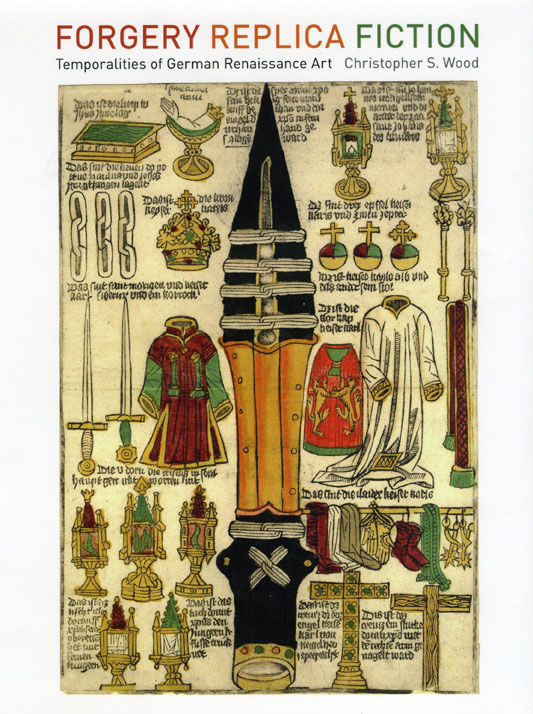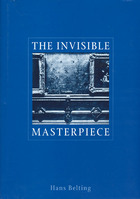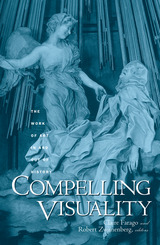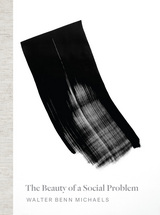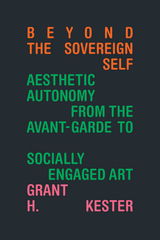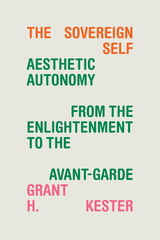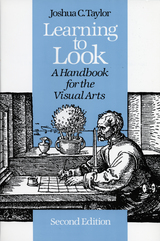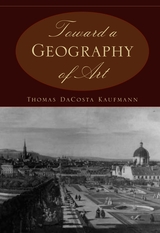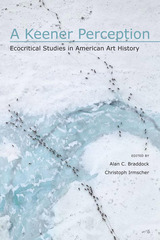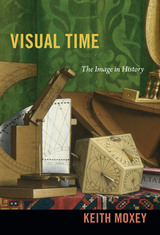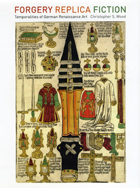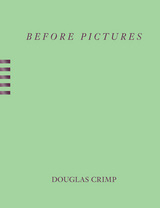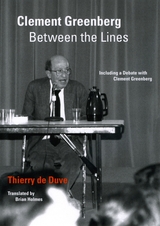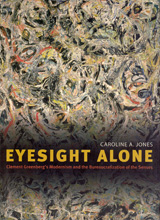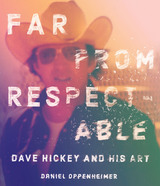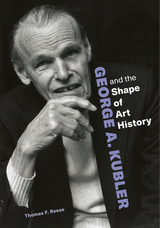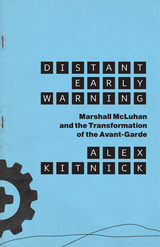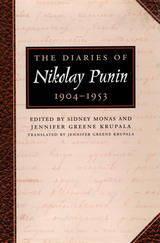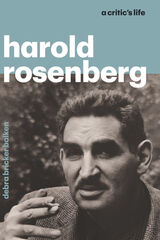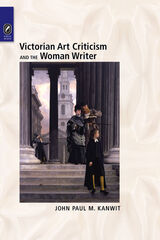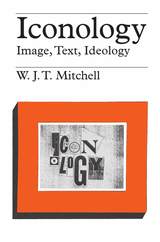Forgery, Replica, Fiction: Temporalities of German Renaissance Art
University of Chicago Press, 2008
Cloth: 978-0-226-90597-6
Library of Congress Classification N7480.W67 2008
Dewey Decimal Classification 709.4309024
Cloth: 978-0-226-90597-6
Library of Congress Classification N7480.W67 2008
Dewey Decimal Classification 709.4309024
ABOUT THIS BOOK | AUTHOR BIOGRAPHY | REVIEWS | TOC | REQUEST ACCESSIBLE FILE
ABOUT THIS BOOK
Today we often identify artifacts with the period when they were made. In more traditional cultures, however, such objects as pictures, effigies, and buildings were valued not as much for their chronological age as for their perceived links to the remote origins of religions, nations, monasteries, and families. As a result, Christopher Wood argues, premodern Germans tended not to distinguish between older buildings and their newer replacements, or between ancient icons and more recent forgeries.
But Wood shows that over the course of the fifteenth and early sixteenth centuries, emerging replication technologies—such as woodcut, copper engraving, and movable type—altered the relationship between artifacts and time. Mechanization highlighted the artifice, materials, and individual authorship necessary to create an object, calling into question the replica’s ability to represent a history that was not its own. Meanwhile, print catalyzed the new discipline of archaeological scholarship, which began to draw sharp distinctions between true and false claims about the past. Ultimately, as forged replicas lost their value as historical evidence, they found a new identity as the intentionally fictional image-making we have come to understand as art.
But Wood shows that over the course of the fifteenth and early sixteenth centuries, emerging replication technologies—such as woodcut, copper engraving, and movable type—altered the relationship between artifacts and time. Mechanization highlighted the artifice, materials, and individual authorship necessary to create an object, calling into question the replica’s ability to represent a history that was not its own. Meanwhile, print catalyzed the new discipline of archaeological scholarship, which began to draw sharp distinctions between true and false claims about the past. Ultimately, as forged replicas lost their value as historical evidence, they found a new identity as the intentionally fictional image-making we have come to understand as art.
See other books on: Forgery | German Renaissance Art | Historiography | Temporalities | Wood, Christopher S.
See other titles from University of Chicago Press
